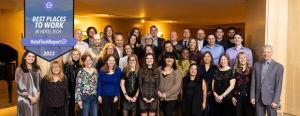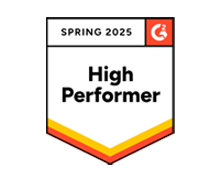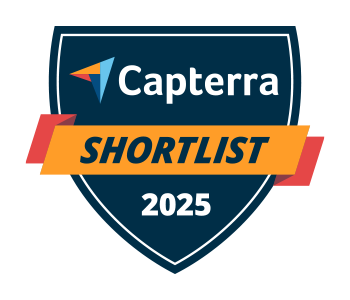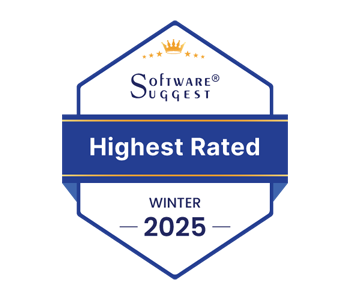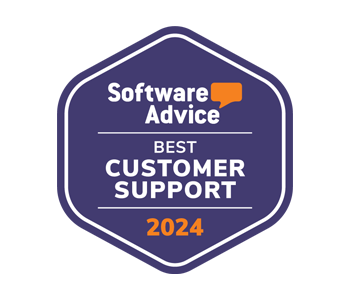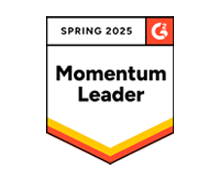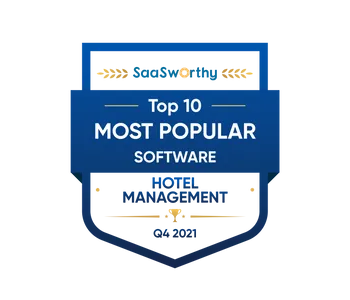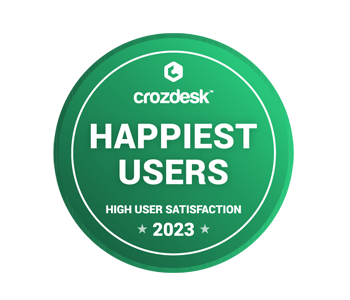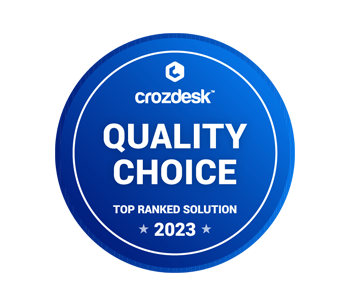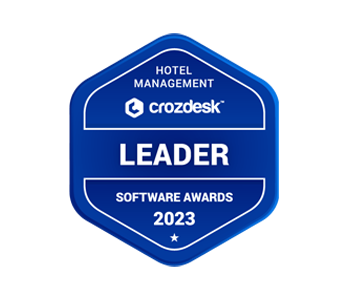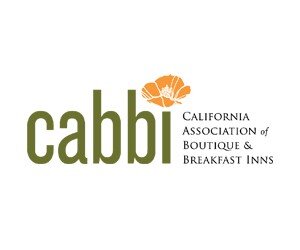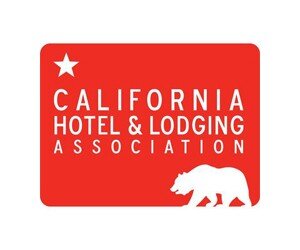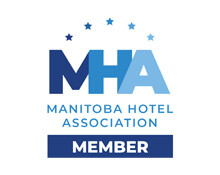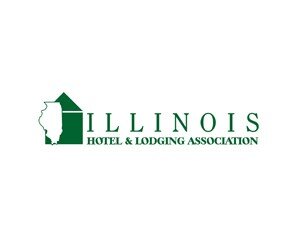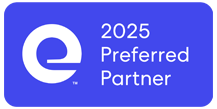In a digitally saturated world of marketing, traditional advertising campaigns just aren’t cutting it anymore. Promotional messages come at consumers from all angles — on social media, search engines, websites, YouTube videos, mobile apps, emails, TV, text messages — and consumers are becoming adept at tuning them out.
To cut through the noise, brands must change tack to generate engagement rather than awareness. Campaigns that offer interactive digital experiences win loyal customers. The proof is in the pudding — here are some innovative hotel marketing campaigns that were (and still are) a big hit with audiences…
Movie Magic
Marriott has produced a handful of short films in an attempt to appeal to a younger generation of travelers, and their efforts have paid off. Two Bellmen, filmed at the JW Marriott Los Angeles and released in March last year, has at the time of writing over five million YouTube views. Marriott’s second film, French Kiss, shot in and around the Paris Marriott Champs-Elysees Hotel and released in May last year has been watched more than six million times on YouTube. Earlier this year, Marriott released a sequel to Two Bellmen (Two Bellmen Two), filmed at the JW Marriott Marquis Hotel Dubai, which has almost eight million views so far.
Shangri-La’s 2015 Christmas campaign, A World of Christmas Warmth, took the form of a beautiful animated advent calendar that was released over 25 days leading to Christmas. Following the journey of a Christmas Star traveling to Earth, each 15-second episode features a new Shangri-La destination, and combines to form the complete five-minute video that was released on Christmas Day. The Instagram and WeChat campaign earned millions of impressions, increasing Shangri-La’s Instagram and WeChat followers by 20% and 40%, respectively, in less than a month.
While most independent properties are without the kind of budget that covers film production, the success of these campaigns may inspire lodging operators to think outside the box when it comes to their own properties’ videos.
Hashtag & UGC Campaigns
Some luxury brands are resonating with customers by tapping into their guests’ creativity and experiences. Loews Hotels showcases real on-location guest experiences with guest Instagram pics rather than professional photographs in travel magazine ads, online banners and on airport displays via their #TravelForReal campaign. Fairmont’s ongoing #FairmontMoments campaign highlights guest stories and unique Fairmont experiences and the brand has even developed a separate mobile site for promoting user-generated content (UGC). Marriott’s #TravelBrilliantly crowdsourcing campaign inspires travelers to submit ideas about how to improve their travel experience, with winning ideas actually implemented at Marriott properties.
The result is a more authentic representation of the brand that stands out from all the glossy, manicured shots of spa-goers with rocks on their backs and couples sipping cocktails by the pool. User-generated content resonates with audiences because it represents the customer’s point of view, not the brand’s.
If your property has a solid following on social media, it’s worth trying out your own hashtag campaign to generate engagement and share user-generated content. Hashtag campaigns are especially effective if tied to a competition or give-away.
Twitter Hotel
Crowned the world’s first Tweet Experience hotel, Sol Wave House Majorca targets Millennials by melding social media with the on-property experience. The property’s beachfront location, artificial wave pools and weekly events are complemented and enhanced by their “Tweet Concierge” service, allowing guests to check in and make requests via Twitter and connecting guests to their #SocialWave community. The enthusiasm for social media at Sol Wave House is even reflected in the décor throughout the hotel.
While we don’t necessarily think the world needs more “Twitter hotels,” creating a seamless on-property social media experience is an interesting concept. Many hotels work hard to improve guest engagement on social media; promoting social media participation on property could be an effective way to go about it. Consider displaying on-property signage referring guests to your hotel’s social media channels, surprising guests with thoughtful extras that inspire them to share their delight on social media, or even setting up “selfie stations.”
Virtual Reality
While virtual reality may seem like a futuristic novelty, it’s been a hot topic in the hospitality industry recently with Marriott trialling the technology last year and Hilton Hotels launching a 360-degree video campaign earlier this year.
Marriott paved the way with VRoom Service — a novel in-room amenity designed to excite and inspire guests. Via VR Postcards, hotel guests could experience the Chilean Andes, an ice cream shop in Rwanda, and the bustling streets of Beijing, right from their hotel room. Hilton’s mobile-first 360-degree video brings prospective guests to the chain’s Barbados property, creating an immersive experience designed to inspire bookings (the video includes an end card that is integrated with the chain’s booking system).
While producing 360-degree video is an expensive endeavour involving specialized cameras and production teams, virtual reality offers powerful potential for travel promotion and is a trend to watch as it becomes more mainstream and affordable to independent properties.
Whatever their budget, brands are looking to engage customers with compelling, interactive content rooted in real experiences. Today’s travelers are looking for authenticity and travel marketing campaigns need to align more closely than ever with travelers’ desires in order to win their attention.




